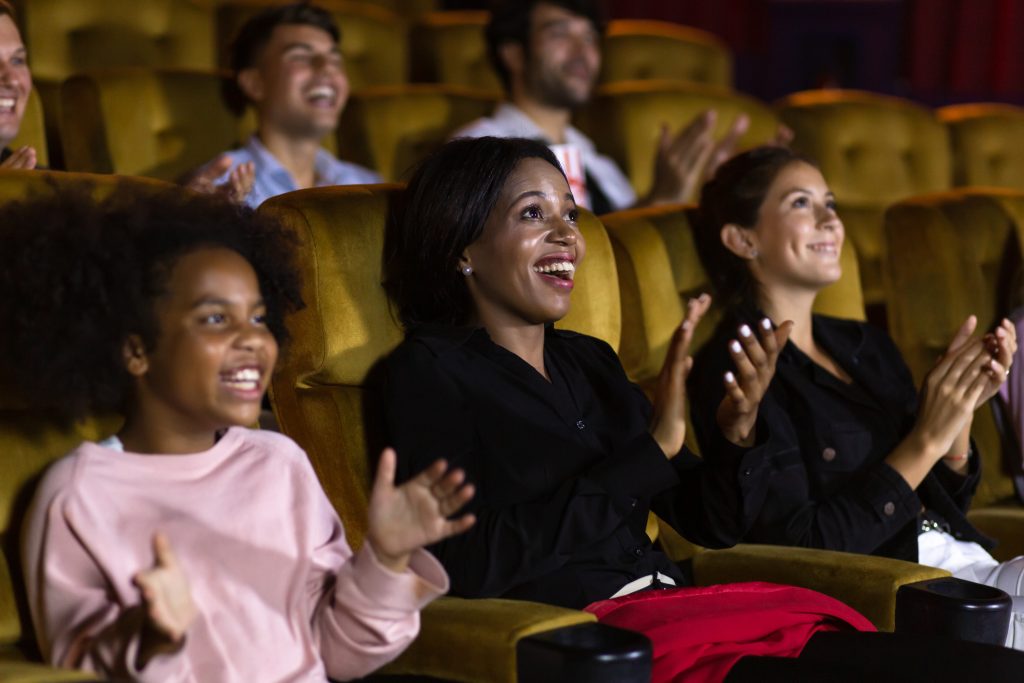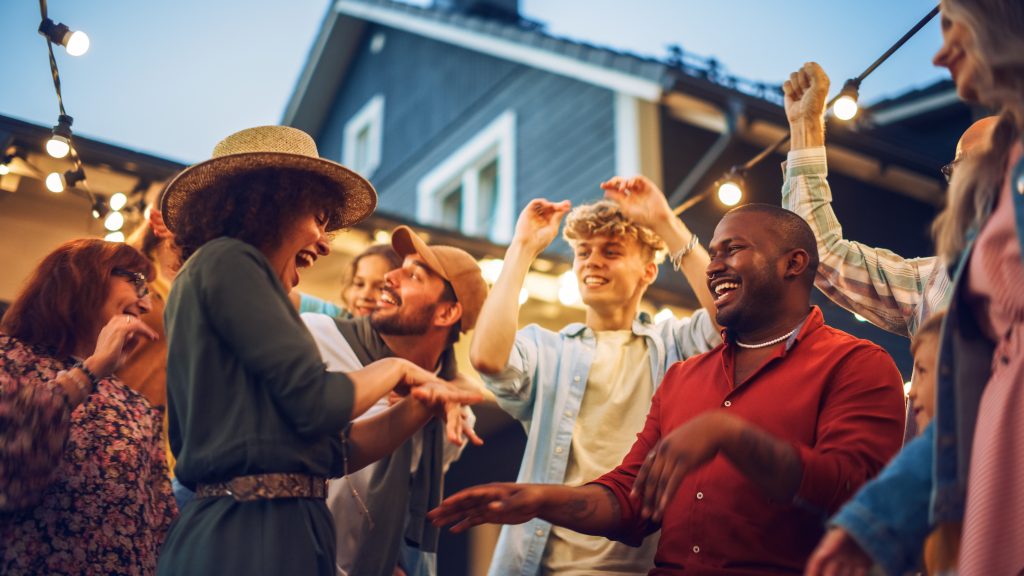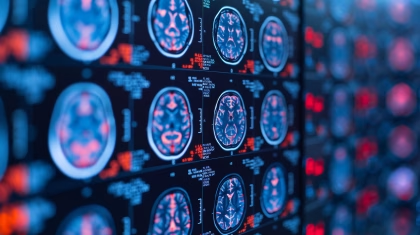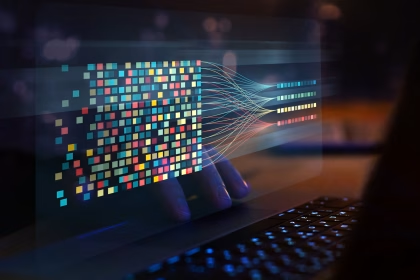Neural synchrony refers to the alignment of brainwave activity between individuals or within brain regions. It plays a crucial role in communication, cognition, and social bonding. This article explores its significance in neuroscience, AI applications, and behavioral research, shedding light on how synchronized brain activity influences learning, emotions, and decision-making.
Table of Contents
What is neural synchrony? The term neural synchrony, or intersubject correlation in academic circles, refers to the correlation of brain activity over time amongst a group of people sharing a particular context – be it social, professional, or life circumstances. In other words, it refers to how the brains of people carrying out an activity together will start to behave in the same way.
In this article, we will explore the concept of neural synchrony, its underlying mechanisms, and its implications for cognitive functioning and mental health. We will also discuss the latest research in the field and the techniques used to study neural synchrony, such as EEG and fMRI. By the end of this article, readers will have a better understanding of neural synchrony and its importance in understanding the brain and behavior.
What is interesting about neural synchrony in the field of human behavior, is the possibility to gauge and predict people’s preferences, and behavior both online and in real life, among other things. This applies most to neuromarketing, communication and advertisement, and video testing.
From a marketing perspective, neural synchrony is interesting because of what is called the “brain-as-predictor” approach. As the name suggests, the idea is that people who perceive and respond to the world in similar ways (“demographic” in broad terms) will display a synchronized neural response to the same visual and/or auditive stimulus.

How Does Neural Synchrony Connect and Coordinate Brains?
The theory behind neural synchrony is that interpersonal “hypersociality” is a key component in human life. Our need and immanent capacity for living together and collaborating are what have made humans the dominant species on earth. The main driver of us being expert collaborators and cohabitors is “biobehavioral synchrony”:
“A central mechanism underpinning human sociality is biobehavioral synchrony, the human capacity to coordinate physiological processes between interactive partners during moments of social contact, including the coordination of heart rhythms, hormonal release, neural oscillations, and brain activations.” – Levy et al – 2021 (1).
As the quote above clearly states, coordination in everyday life is fundamental to people’s lives. Be it social or professional life, the ability to cooperate with other people on a task or simply be in a social setting is crucial. We have to be able to coordinate our actions in time and space with other people – It is simply something we do every day.

What exactly happens in the brain, and between brains, to create this neural synchronization that allows us to work towards a goal or behave a certain way, around other people? Neuroscientists have put forth a “Hyper-Brain Cell Assembly Hypothesis” in which it is argued that the “…hyper-brain cell assembly encompasses and integrates oscillatory activity within and between brains, and represents a common hyper-brain unit, which has a certain relation to social behavior and interaction.” (2). In other words, brains can respond in similar ways to the same stimuli, and that shared activity can say something about all of those brains.
On a cellular level, in the individual(s) brain, neural synchrony is also closely linked to the formation of memories and other higher cognitive functions (3). For example, synchronized neural activity in the individual brain is necessary for the formation of new memories and the ability to recall them (4). This ties in well with the hypersociality we mentioned previously, as shared memories, and experiences are core components in the creation of group identity.
What is neural synchrony in neuromarketing?
When doing marketing research it makes sense to look at the aforementioned social groups (social, professional, life, etc) as demographics rather than collaborative social groups – as marketing endeavors have dynamic scopes in terms of what target audience they want to reach and that often requires a wider scope than the relatively small-scale units we talk about in neuroscience.

A fundamental part of neuromarketing is measuring emotional responses in participants with biosensors in order to gauge individual preferences in an attempt to establish a larger picture of how well a brand, product, etc will perform. However, neural synchrony, when working with biosensors, denotes the similarity of brain responses between multiple participants, and it is detected through commonalities in the brain signals measured using techniques such as electroencephalography (EEG), magnetoencephalography (MEG), and fMRI. (1. 2.)
Free 59-page EEG Guide
For Beginners and Intermediates
- Get a thorough understanding of the essentials
- Valuable EEG research insight
- Learn how to take your research to the next level

Evidence suggests that a sample of a target demographic, who by definition share some homogeneity, will be able to predict whether music, movies, or something else entirely, will have a broad appeal and subsequently become a “hit”.
Using people’s aggregated neural responses as predictors of real-world outcomes has proven to be a much more successful determiner than self-reporting in the same people whose neural responses were measured.
Putting neural synchrony to the test
This was the case, when Dutch market research agency Unravel Research, decided to test if people could accurately predict a hit song from just-released albums on Spotify – you can read more about the study in our blog here or the full study here (5).
What Unravel Research found, was that not only did neural synchrony between respondents predict a hit song quite effectively – it also far exceeded the accuracy of the self-reporting part of the study.
The focus of this study was music, but it is easily conceivable that the same approach can be used for predicting blockbuster movies, books, and more.
If you are interested in applying neural synchrony to your studies, keep an eye on our blogs as we will be doing more research and development with neural synchrony in the near future.
If you want to talk to one of our experts now, to see if neural synchrony can be the tool for you, get in touch through the link below.
Let’s talk!
Schedule a free demo or get a quote to discover how our software and hardware solutions can support your research.











